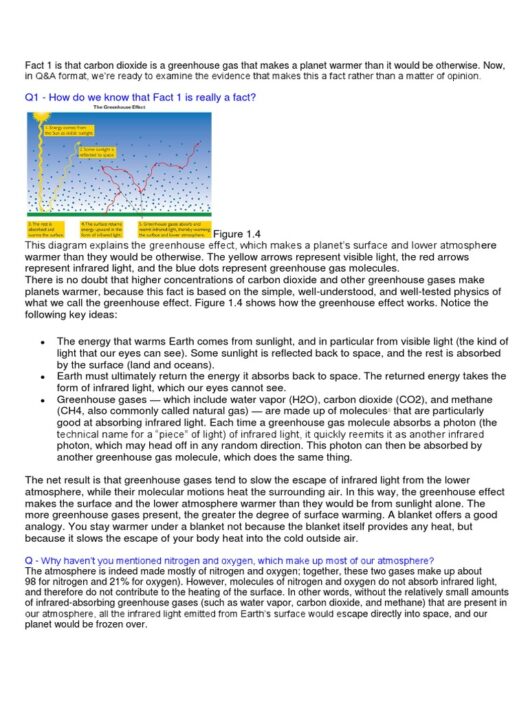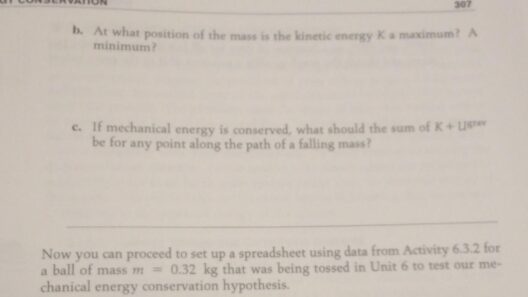The principle of energy conservation is one of the cornerstones of modern physics, a crucial element that governs the workings of the universe. However, tracing its roots reveals a blended tapestry of discovery, intellectual struggle, and insight transcending centuries. This article seeks to unravel the journey of the law of conservation of energy, exploring its origins, evolution, and the pivotal contributors who shaped its conception.
Energy conservation, succinctly stated, posits that energy cannot be created or destroyed; it can only change forms. Understanding the genesis of this principle is vital to appreciating the broader implications it has on science, technology, and environmental sustainability.
Historical Precursor: The Enlightenment Surge
The seeds of the law of conservation of energy germinated during the Enlightenment, a period marked by an insatiable quest for knowledge. Philosophers and scientists endeavored to unlock the mysteries of nature, cultivating ideas that would culminate in the revolutionary advancements of the 19th century. Early contributions by figures such as Isaac Newton laid the groundwork for understanding energy in motion through his laws of motion. Newton’s work underscored the interconnectedness of force and motion, providing a backdrop against which the energy conservation principle would later emerge.
Another significant contributor during this period was the German mathematician and physicist Gottfried Wilhelm Leibniz. In the late 17th century, Leibniz introduced the concept of vis viva, or living force, which posited that the kinetic energy of an object is proportional to the square of its velocity. Although still rudimentary, Leibniz’s ideas signaled a shift toward quantifying energy and introduced a foundational understanding of how energy interacts with the physical world.
Industrial Revolution: The Energy Awakening
The late 18th and early 19th centuries witnessed the Industrial Revolution, an era that revered machinery and mechanization. This crucial epoch catalyzed a paradigm shift in energy use, transitioning from traditional sources such as wood and coal to steam and electricity. Engineers like James Watt and Nicéphore Niépce were instrumental in this transformation, as they harnessed steam power and pioneered the first practical internal combustion engines.
However, as machines proliferated, so did the need for a comprehensive understanding of energy dynamics. A pivotal figure during this time was Hermann von Helmholtz, a German physician and physicist, who in his 1847 essay, “Die Erhaltung der Kraft” (“The Conservation of Force”), formally declared the law of conservation of energy. Helmholtz argued that mechanical work, heat, and chemical energy were interchangeable, laying the groundwork for the first law of thermodynamics. His assertion implicated that energy in a closed system remains constant, a revelation that would reverberate through the scientific community and beyond.
Thermodynamics: The Formalization of Energy Principles
The establishment of thermodynamics as a formal branch of physics further solidified the law of conservation of energy. Key figures such as Rudolf Clausius and Lord Kelvin contributed significantly to this discipline, refining the principles established by Helmholtz. Clausius introduced the concept of entropy, elucidating how energy transformations are not only efficient processes but also subject to loss in the form of heat. His work provided deeper insights into the limitations of energy conservation, particularly in real-world applications.
Meanwhile, James Clerk Maxwell’s groundbreaking formulation of electromagnetic theory in the mid-19th century enriched the discussion surrounding energy conservation. By demonstrating how electrical and magnetic fields could store energy, Maxwell expanded the conservation principle’s applicability beyond mechanical systems, suggesting that all forms of energy are interrelated in a more profound sense.
Modern Implications: Energy Conservation in Context
The significance of the law of conservation of energy transcends theoretical physics; it is a critical framework for understanding environmental issues and conservation practices today. As the world grapples with climate change, resource depletion, and the balance between human activity and ecological sustainability, the conservation of energy takes center stage. Understanding this principle is vital for developing clean energy technologies, optimizing energy use, and crafting policies promoting sustainability.
For industries, the law of conservation means reevaluating production methods to minimize waste and improve efficiency. Consumers too bear a crucial responsibility; recognizing the impact of individual energy consumption can foster a collective movement towards conservation. Simple actions—ranging from using energy-efficient appliances to advocating for renewable energy sources—can exemplify our understanding and respect for energy conservation.
Conclusion: Energy Conservation as Legacy
The law of conservation of energy embodies a legacy of inquiry and innovation. Through the contributions of early philosophers, industrial pioneers, and modern scientists, we have cultivated a more sophisticated understanding of energy and its inevitability in our lives. Embracing this law is not merely an academic exercise; it is an imperative that harnesses knowledge to confront the pressing challenges of our time. As stewards of our planet, recognizing the conservation of energy’s historical roots can inspire a conscientious approach to utilizing energy—safeguarding our environment for future generations.





